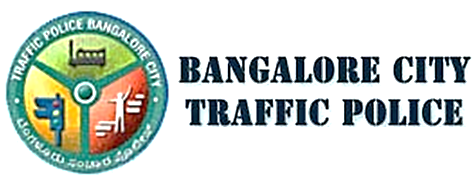HOT TOPICS
SPOTLIGHT AGENCIES
Connecting TTMCs - A possible approach
Written By Vasanth - 4 September, 2009
Bangalore BMTC Bus TTMC suggestion Transportation public transport
Last year, we had discussed about the various routing algorithms, we discussed about Hub-Spoke, Grid etc and came to a conslusion like this via TTMCs:
http://praja.in/en/blog/narayan82/2008/05/30/bmtc-%E2%80%93-zones-and-routes
I was thinking of other alternatives on the similar lines. This is like an RFC. I need someone to prepare diagrams to illustrate these. Last time Narayan had created wonderful diagrams.
Hops should be as less as possible to ease the passenger movement, otherwise people become reluctant to use PT since they have door-door service on Private vehicles. Aged, ladies and those who do not know driving needs PT badly and they also need minimum hops.
Approach 1.
COMMENTS

Plans for more parking around Jaynagar TTMC
blrsri - 12 September, 2009 - 00:57
http://www.deccanchronicle.com/bengaluru/curtains-landmark-theatre-367
Puttanna theatre and the JanataBazaar is making way for a huge parking space..600 cars I believe..that should take care of parking there..
However 'Park and Ride' might still be a dream from this TTMC.

blrsri - 4 September, 2009 - 14:48
Connecting TTMC's to nearest Metro stations will be critical too..
As in the case of Jayanagar if metro users want to travel towards BTM or JP Nagar..they get down at Metro stn and hop on to a TTMC link to go further on their journey..

blrpraj - 4 September, 2009 - 17:37
@blrsri
Connecting TTMC's to nearest Metro stations will be critical too..
The TTMCs and metro station should infact be an integrated structure. In fact all TTMCs lying along the METRO alingment should have been planned in such a way as to have integrated metro stations within them. I don't know if this is the case and whether this has been taken into account while planning. If this is done then it eliminates the need to provide connection mechanisms to metro station that are located in structures away from the TTMCS and making the transer between bus and metro very smooth and hassle free.
Clearly, a coordinated approach to planning the metro and TTMC by single urban transportation planning body seems to be absent.

One more route can be added from every node for Metro
Vasanth - 5 September, 2009 - 11:56
Seeing the above comments, it is easy to add one more bus route from every node (dedicated to one node or shared across multiple nodes depending upon geographic distribution) to the nearest Metro station in the TTMC region.
In the case of dedicated connection, say if there are 10 nodes, we can have say 3-5 buses, say from node 1 - TTMC - Metro Station come back to node 1, travel from node 1 - say node 8 (preferrably it should be the other end border of TTMC), it will give node1 - node 8 direct connectivity, from node - 8 - TTMC - Metro Station.
If TTMC and Metro station are not aligned from a connecting node, we can have nodes directly contacting Metro station with the same algorithm as said above. Having a dedicated bus to each node may not be a viable solution.
Best scenario is having Metro station between node and TTMC. Buses plying from node to TTMC will have to pass through Metro Station and we will get better frequency.
Another way is, TTMC to nearest metro station will have shuttles plying between, we have almost a bus going every 15 minute from TTMC to each node. From TTMC, one can hop on to the shuttle. This is very much true for a remote place at the borders (TTMC regions at the border of Bangalore).

Vasanth - 4 September, 2009 - 03:16
We need larger TTMCs atleast to accomodate 10 buses at a time. Bus stop can be multifloor something like NewYork Port Authority. Its main aim should be interchange of buses.
PRAJA.IN COMMENT GUIDELINES
Posting Guidelines apply for comments as well. No foul language, hate mongering or personal attacks. If criticizing third person or an authority, you must be fact based, as constructive as possible, and use gentle words. Avoid going off-topic no matter how nice your comment is. Moderators reserve the right to either edit or simply delete comments that don't meet these guidelines. If you are nice enough to realize you violated the guidelines, please save Moderators some time by editing and fixing yourself. Thanks!





